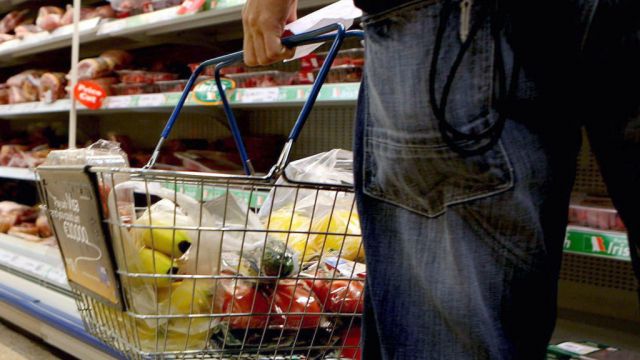Ireland was among the most expensive countries in the EU for household expenditure on goods and services last year with prices 46 per cent above the EU average.
New figures published by the European Commission confirmed the high cost of living in the Republic, with only Switzerland and Iceland having higher overall consumer prices in 2022.
The high level of overall prices in Ireland was largely driven by expensive alcohol and tobacco, energy, transport and communications prices, the report found.
With regard to alcohol and tobacco, the Republic had the most expensive prices in the EU, coming in at more than double the EU average.
Alcoholic beverages and tobacco products in Ireland were 116 per cent higher than average EU prices and 3.3 times more expensive than the cheapest EU country, Bulgaria. The report added that consumers spend on average 6 per cent of all household expenditure on such products.
The report is based on price surveys covering more than 2,000 consumer goods and services across 36 European countries, including the 27 EU member states. It claimed the large price variation for alcohol and tobacco was mainly due to differences in how these products are taxed.
The report also revealed that Ireland was the fourth most expensive country in the EU for food and non-alcoholic beverages in 2022, with prices 15 per cent above the EU average.
Only Denmark, Luxembourg and Malta were more expensive than Ireland for basic grocery items last year, on which consumers spend almost one fifth of their income.
Energy
Ireland was also found to have the second-highest energy prices in the EU, after Denmark. The figures showed the cost of electricity and gas in the Republic is 38 per cent above the EU average.
Irish consumers also face costly prices for communication services, which were 56 per cent above the EU average – the third most expensive in the EU after Belgium and Greece.
The cost of restaurants and hotels was 28.5 per cent above EU average prices, making us the fourth most expensive country after Denmark, Finland and Luxembourg.
Motoring costs here were the third-highest in the EU and 13 per cent above average levels, while public transport prices were 27 per cent higher, making them joint-fourth most expensive alongside Denmark, coming in behind Sweden, Finland and the Netherlands.
On a positive note for Irish consumers, the cost of clothing in the Republic was 2 per cent below the EU average last year, while furniture prices were just 1 per cent higher the EU average.
The figures showed clothing prices in Ireland are comparatively cheaper than most EU member states, while footwear is also moderately priced by EU standards, at 5 per cent above average levels.
Similarly, the cost of household appliances in Ireland is relatively cheap, just 6.5 per cent above the EU average, and consumer electronics are 6 per cent above the EU average.
Overall, consumer prices in Romania were the lowest in the EU, with overall costs 42 per cent below the average, while Turkey has the cheapest cost of living among the countries examined, with prices 60 per cent below the EU average.







